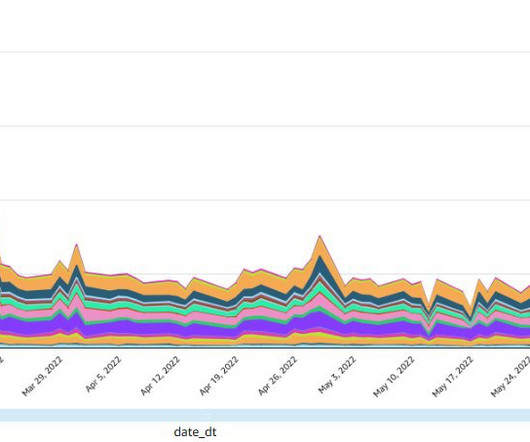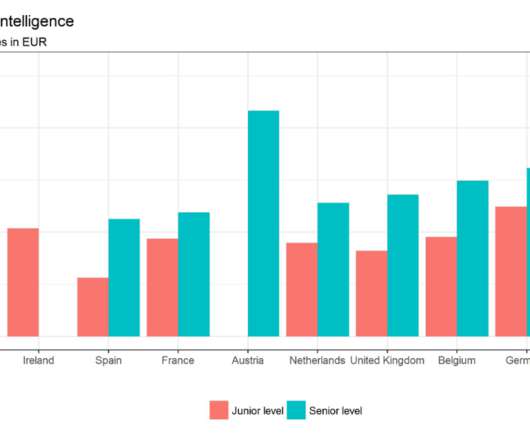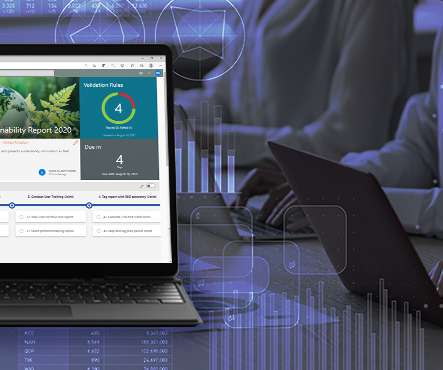How to build a successful procurement strategy
IBM Big Data Hub
DECEMBER 13, 2023
A procurement strategy allows an organization to navigate an increasingly complex global supply chain, adapt swiftly to market fluctuations, and achieve cost optimization, operational efficiency and growth. A procurement strategy is not merely a series of steps for acquiring goods and services. What is a procurement strategy?





















Let's personalize your content